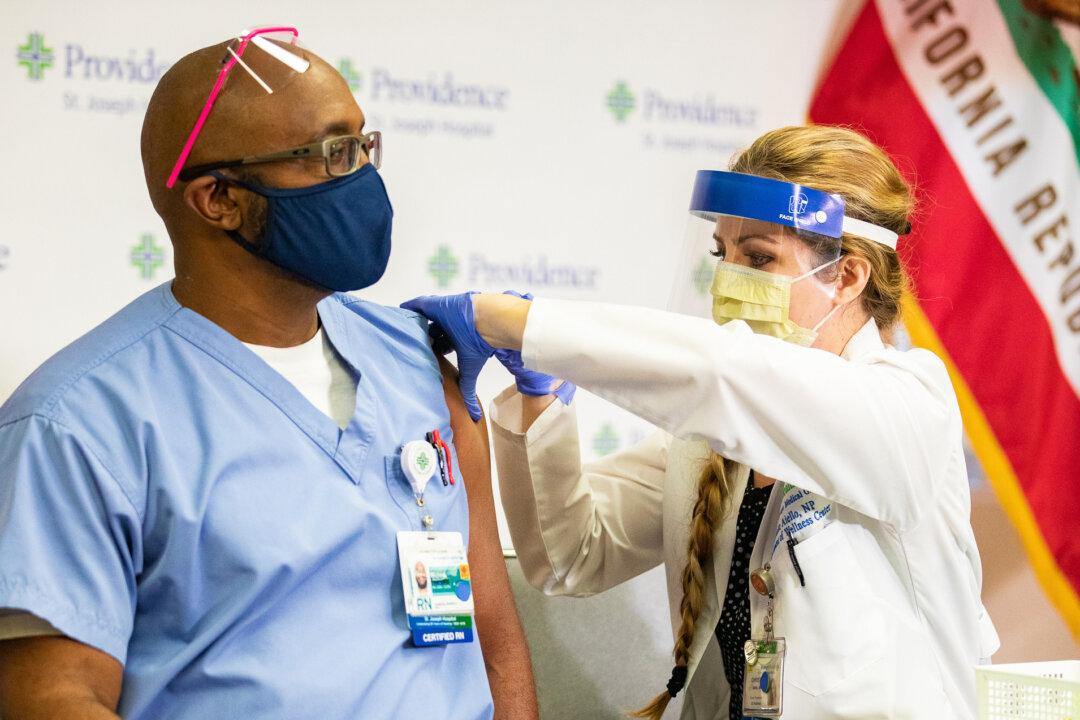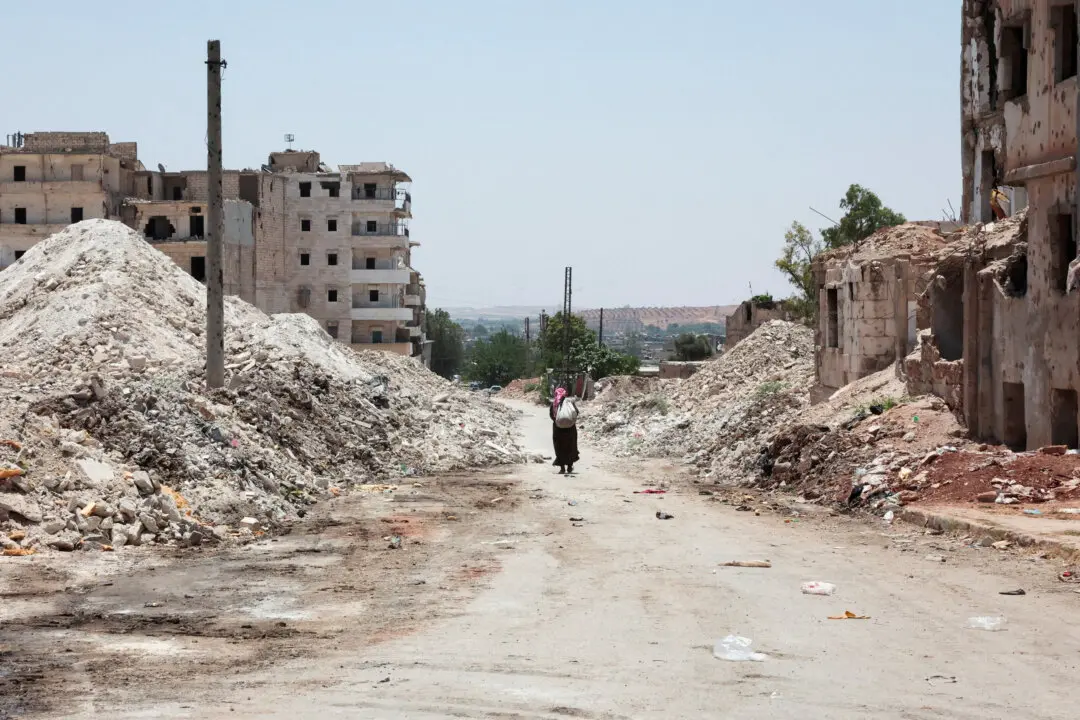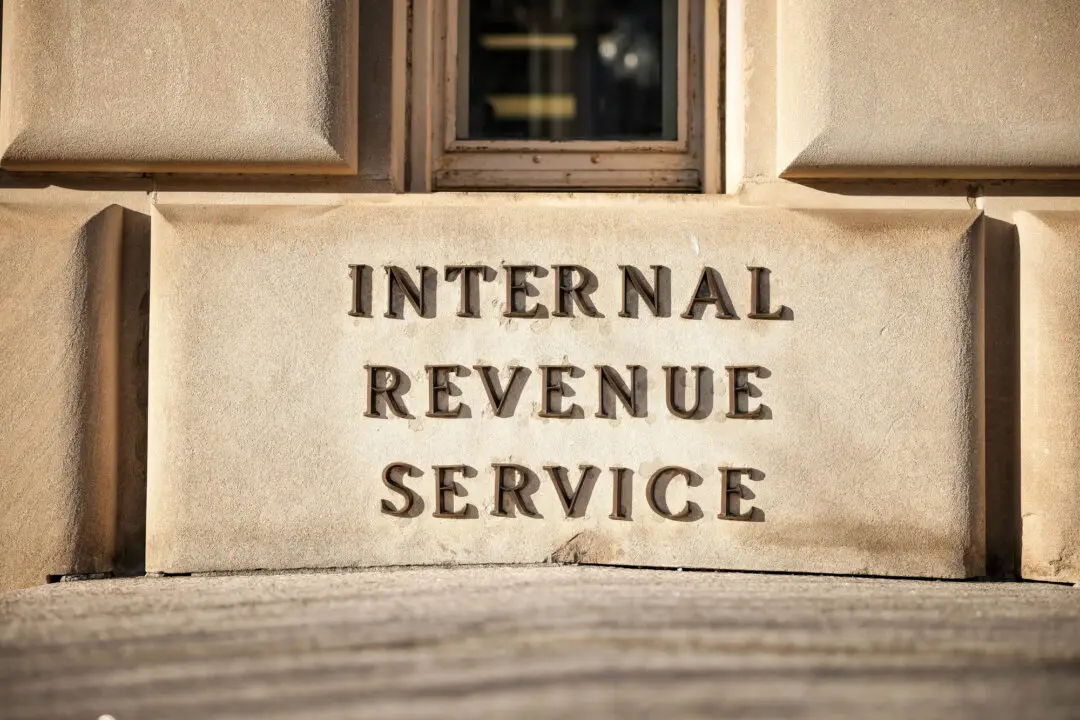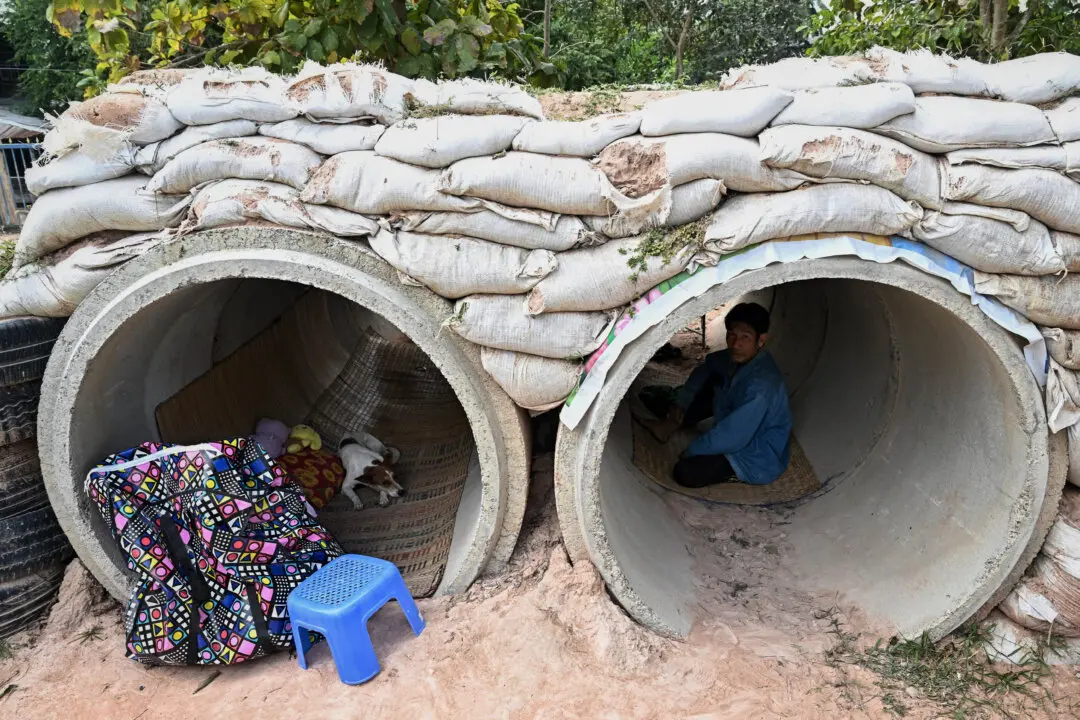Reports and studies have emerged showing that a relatively high percentage of those working in health care settings are reluctant or refusing to get the COVID-19 vaccine.
A research project tracking the public’s attitudes and experiences with COVID-19 vaccinations has found that nearly one-third of health care workers are “vaccine-hesitant,” saying they probably or definitely wouldn’t get a COVID-19 vaccine even if it were available for free and deemed safe by scientists—a figure slightly higher than the share of the general population.





